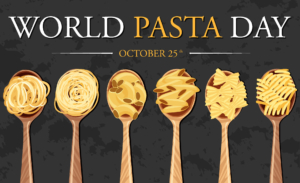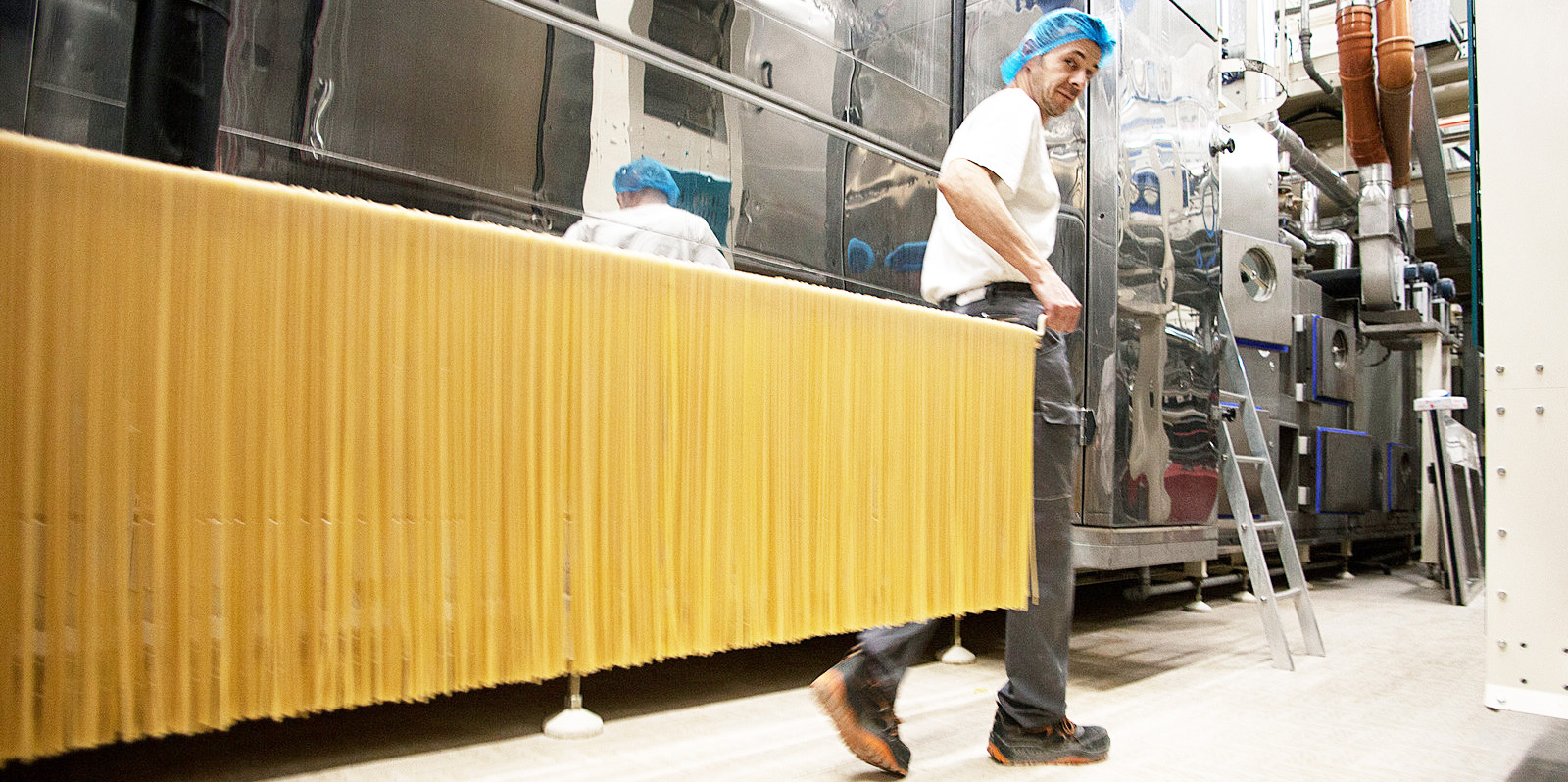World Pasta Day Puts U.S. Durum Wheat in the Spotlight

World Pasta Day is the result of the inaugural World Pasta Congress held in 1995. It is held each Oct. 25 to promote pasta consumption.
Past U.S. Wheat Associates (USW) Chairman Michael Edgar shared a quick story during the organization’s Summer Board Meeting in July that seems worth resharing in October.
After all, Oct. 25 is World Pasta Day.
“In 1981, U.S. Wheat Associates brought an international trade team to the desert southwest to learn about the durum crop,” Edgar, who represents the Arizona Grain Research and Promotion Council, told his fellow USW board members. “And we are still selling durum wheat to that customer today, 42 years later. It shows you the value of bringing trade teams and meeting buyers from foreign markets to learn what they are looking for in wheat.”
For pasta makers, they are mostly looking for durum and Desert Durum®. The desert subclass of durum is a registered certification mark owned by the Arizona Grain Research and Promotion Council and the California Wheat Commission. U.S. Northern durum is grown in North Dakota, Minnesota, and Montana. On World Pasta Day, it is fitting to remember Edgar’s story, a confirmation of the importance of engaging customers and potential customers of U.S. wheat.
About 70% of U.S. durum exports go to the European Union, with Italy taking a large portion of that for pasta production.

World Pasta Day is an opportunity for U.S. durum producers to take pride in the role they play in putting high quality pasta on the plates of consumers around the world.
Durum Remains King
For U.S. durum producers, World Pasta Day is an opportunity to take pride in the role they play in putting high quality pasta on the plates of consumers around the world.
There are several reasons for the preference:
- In all durum food products, one quality factor is the most critical to the consumer – color. In its purest form, pasta is water and durum semolina.
- The gluten in durum semolina is strong but not particularly elastic. Pasta made from this type of flour will keep its shape and texture after cooking.
- Durum semolina is high in protein, fiber, iron, B vitamins such as folic acid, as well as lutein (for eyes).
- U.S. durum has a large kernel size, allowing millers to benefit from higher extraction rates.
- Desert Durum® is harvested and shipped at a very low moisture content. This advantage to millers contributes to efficient transportation costs and high extraction rates.
- Couscous, which is also made with durum, is large semolina boiled and eaten as an alternative to rice.
Celebrating Pasta on a Global Scale
World Pasta Day was the result of 40 pasta makers from around the world gathering in Rome, Italy in 1995 for the inaugural World Pasta Congress. The goal of the special day is to promote pasta consumption, as well as celebrating its culinary and cultural importance.
The International Pasta Organization (IPO) was formed on Oct. 25, 2005, and was formally constituted in Italy a year later. IPO coordinates international communications aimed at safeguarding the product, develops common strategies to promote the worldwide consumption of pasta, and creates and manages information and food education.
While celebrations vary in each country, World Pasta Day focuses on consumers – the people around the world who enjoy eating some of the 600 or so shapes and sizes of pasta.
Every Day is Pasta Day
For USW, the effort to promote all six classes of U.S. wheat around the world has some traction with pasta consumption.
Each November during the USW Crop Quality Seminars held around the world, one stop brings special attention to durum wheat and the states that grow it: Europe, specifically one European country known for its love of pasta. Buyers from Italy are especially curious each year to hear about the U.S. durum crop and there are always a lot of questions.
This year’s crop should make pasta makers happy.
Ron Rubin, who grows Desert Durum® in Brawley, Cal., reported that while production is down slightly with a lower planted area, the crop remains consistent and a very reliable source of high-quality durum to end-use customers.
“The 2023 crop produced above average yields with ideal growing conditions throughout the season,” Rubin said. “We estimate that 99 percent of the Imperial Valley crop graded Number One HAD.”
As for Northern durum, the Durum wheat Quality & Pasta Processing Laboratory at North Dakota State University is completing testing on the composites for the full northern durum regional crop quality report and USW’s 2023 Crop Quality Report.


